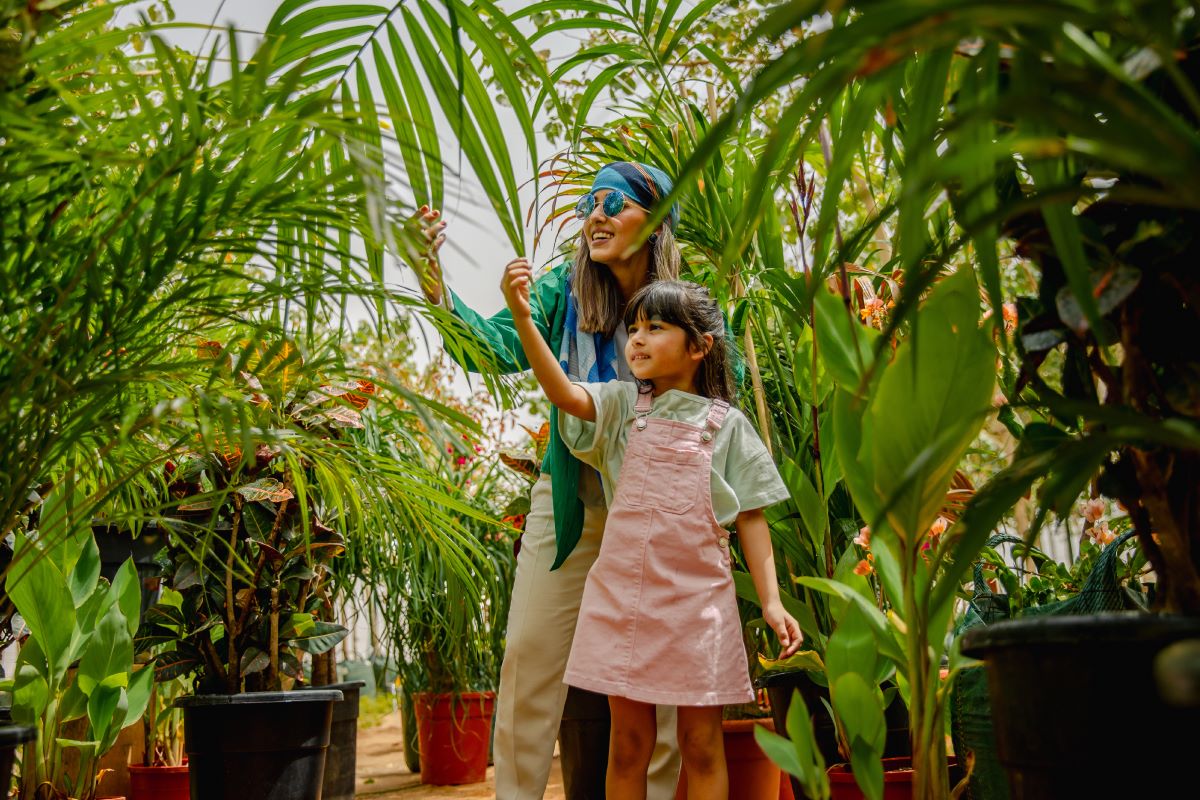Skift Take
Regenerative tourism is moving from buzzword to blueprint. As travelers increasingly seek eco-friendly options, the focus is expanding from environmental sustainability to creating a lasting impact on local communities and ecosystems.
This sponsored content was created in collaboration with a Skift partner.
The concept of regenerative tourism has been around for some time, but it’s often been relegated to buzzword status rather than being fully understood and implemented. Regenerative tourism champions a more inclusive metric that goes beyond the typical metrics of visitor count and bottom lines that define mainstream tourism. It encompasses the sustainable growth of local communities, preserving their traditions, and an approach that recognizes the interdependence of people and places.
A Saudi-based multi-project developer, Red Sea Global (RSG), is laying the groundwork to show how a tourism venture can integrate regenerative practices. This includes not just environmental restoration but also community empowerment and cultural safeguarding.
“Our regenerative approach focuses on restoring and enhancing ecosystems, improving communities, and safeguarding the cultural heritage. We prioritize minimizing our ecological footprint while maximizing positive social, environmental, and economic impacts. We also aim to achieve a 30 percent net conservation benefit at each of our two destinations — The Red Sea and Amaala — by 2040. We want to help show what a better future for travel could look like,” said Rasha Shawoosh, director of social development at Red Sea Global.
How Local Communities Shape Regenerative Tourism
Investing in local communities isn’t a CSR checkbox. It’s a business model that recognizes the interconnectedness of our diverse human ecosystem. An economically stable and culturally vibrant community acts as a natural guardian of its surroundings, closing the loop in a holistic approach to regeneration.
So, how does this holistic approach translate into action? One example is RSG’s Amerah Souq, a marketplace that offers a platform for local farmers, craftsmen, and artists to sell fresh produce, locally crafted merchandise, and authentic handicrafts. The Souq also celebrates local culture through traditional musical performances and cultural heritage workshops in the “Tent of Tales” — a series of community seminars focused on themes like textiles, traditional sailboat building, and net weaving.
“Amerah Souq started in December 2022 with a pilot series of market days hosted for the towns and villages neighboring The Red Sea. This pilot was so successful, we’re now exploring how we can launch the Souq permanently, as well as ways to make it more sustainable with the help of government and non-government entities in the region,” Shawoosh said.
The company has also taken steps to deepen its ties with the local farming community by supporting the establishment of The Red Sea Farm Cooperative, or TAMALA. This initiative allows farmers to sell their produce directly to resorts and introduce them to new, sustainable farming technologies and methods. These methods support safeguarding the environment by saving water and energy while improving the produce quality. TAMALA works with more than 3,000 farms in Saudi Arabia’s Tabuk region to help improve local agriculture.
On the educational front, the English for Tourism program is working to equip locals with the language skills they need for roles in the growing tourism sector. The program supports Saudi nationals from Umluj, Alwajh, Duba, and other surrounding villages. The company has also partnered with the University of Prince Mugrin to provide 170 undergraduate scholarships in International Hospitality Management, while its Red Sea Vocational Training Program, a 21-month course in the fields of hospitality, airport services, and technical services, has already granted diplomas to 430 students.
Other initiatives include a Marine Operation Jobs program, which focuses on training and hiring local maritime technicians like boat captains and logistics coordinators, and a Nursery Training Jobs program to modernize the skill set of local farmers, prepping them for specialized work in landscape nurseries. Looking ahead, the company plans to support entrepreneurship and enhance educational opportunities for local youth.
“By involving and collaborating with local residents, businesses, and organizations, we ensure equitable distribution of the benefits of tourism so that communities have a stake in the industry they’re a part of. This safeguards and celebrates the local cultural heritage and contributes to economic growth and improved quality of life for community members,” Shawoosh said.
The Long-term Outlook
Saudi Arabia has long been a destination for religious tourism, but its broader leisure tourism sector is still in its infancy. RSG aims to help grow the industry’s contribution to the national GDP from 3 percent to 10 percent by 2030, a goal that demands large-scale recruitment and infrastructure development.
“The Red Sea and Amaala are already nearing completion. Together, these two projects are expected to create 120,000 new jobs to support the next generation of Saudi talent, including specialized leadership schemes for new graduates and women. They’ll also contribute as much as $8.8 billion (33 billion riyals) to the nation’s GDP,” Shawoosh said.
For all the potential benefits, the real measure of success will be how these ventures stand the test of time. RSG uses a monitoring and evaluation framework that measures key metrics such as local job creation, revenue channeled into local businesses, and cultural heritage safeguarding efforts to track long-term impact. The company also conducts regular impact assessments to validate the effectiveness of the initiatives and pinpoint areas that require improvement. This data-driven approach guides its decision-making processes.
While RSG’s projects promise economic vitality and job growth, their success isn’t without challenges. An influx of tourists is a double-edged sword — it can revive local economies but also puts pressure on local infrastructures. This dichotomy is where regenerative tourism comes into play, attempting to balance both sides of the coin.
As this shift gains momentum, it calls for a recalibration of objectives. The path forward isn’t just about attracting more visitors — it’s about redefining what successful tourism looks like. According to Skift’s State of Travel 2023 report, the majority of travelers today are seeking and choosing sustainable travel options. The demand for regenerative tourism will likely grow as people continue to prioritize responsible travel. Companies that combine economic objectives with ecological and social imperatives are better positioned to thrive in this new travel landscape.
Shawoosh said, “Red Sea Global will remain at the forefront of this evolution, continually innovating and setting new benchmarks for sustainable and responsible tourism. We hope to motivate and inspire others to join us in setting new, more sustainable standards for tourism and creating a legacy that benefits future generations.”
For more information about Red Sea Global, visit redseaglobal.com.
This content was created collaboratively by Red Sea and Skift’s branded content studio, SkiftX.
Have a confidential tip for Skift? Get in touch
Tags: red sea global, regenerative tourism, SkiftX Showcase: Technology, sustainability, sustainable tourism

